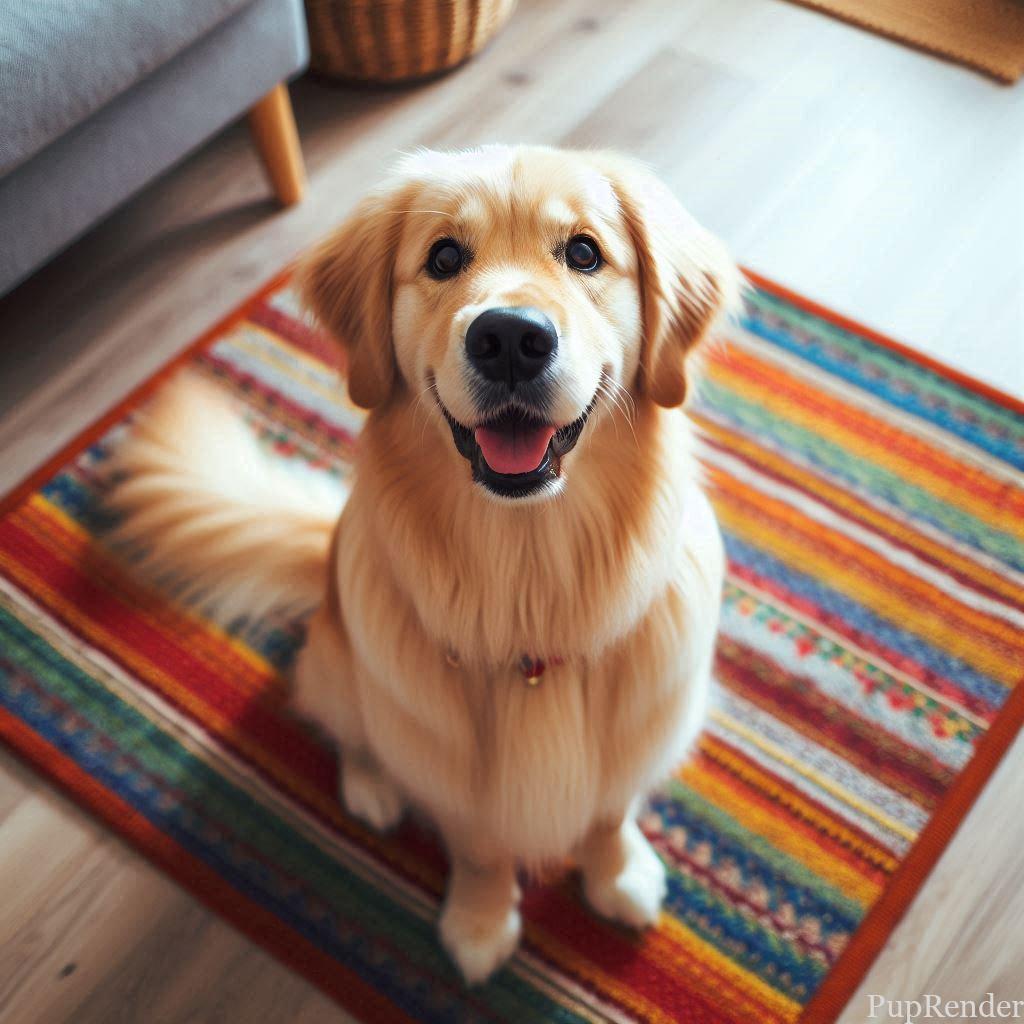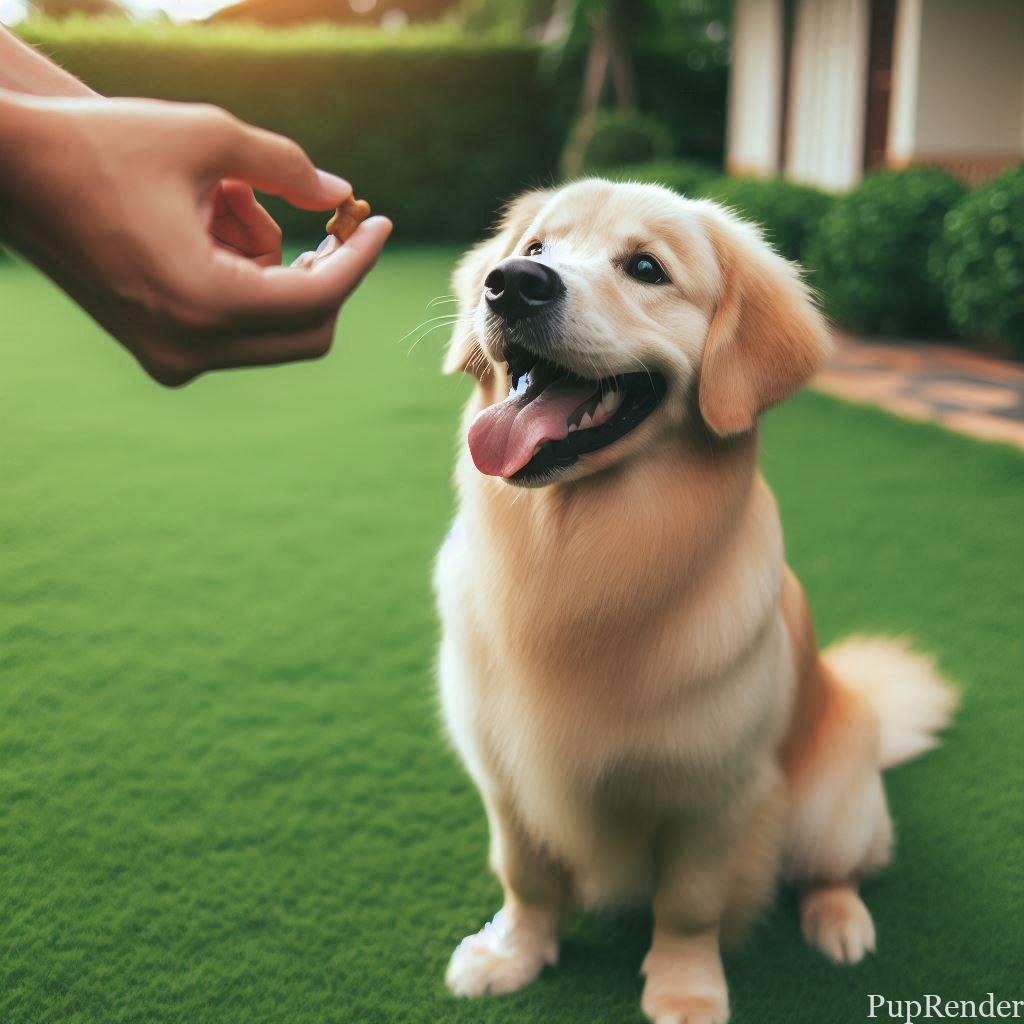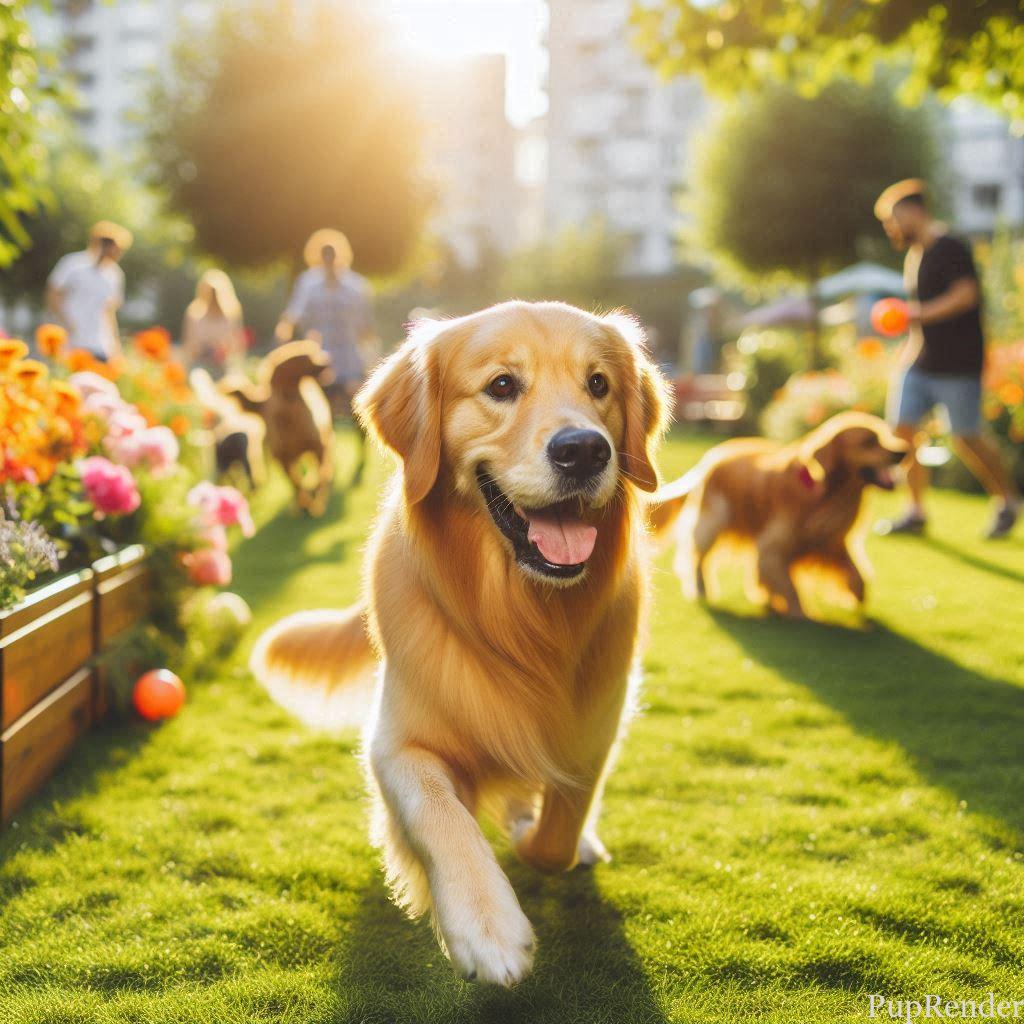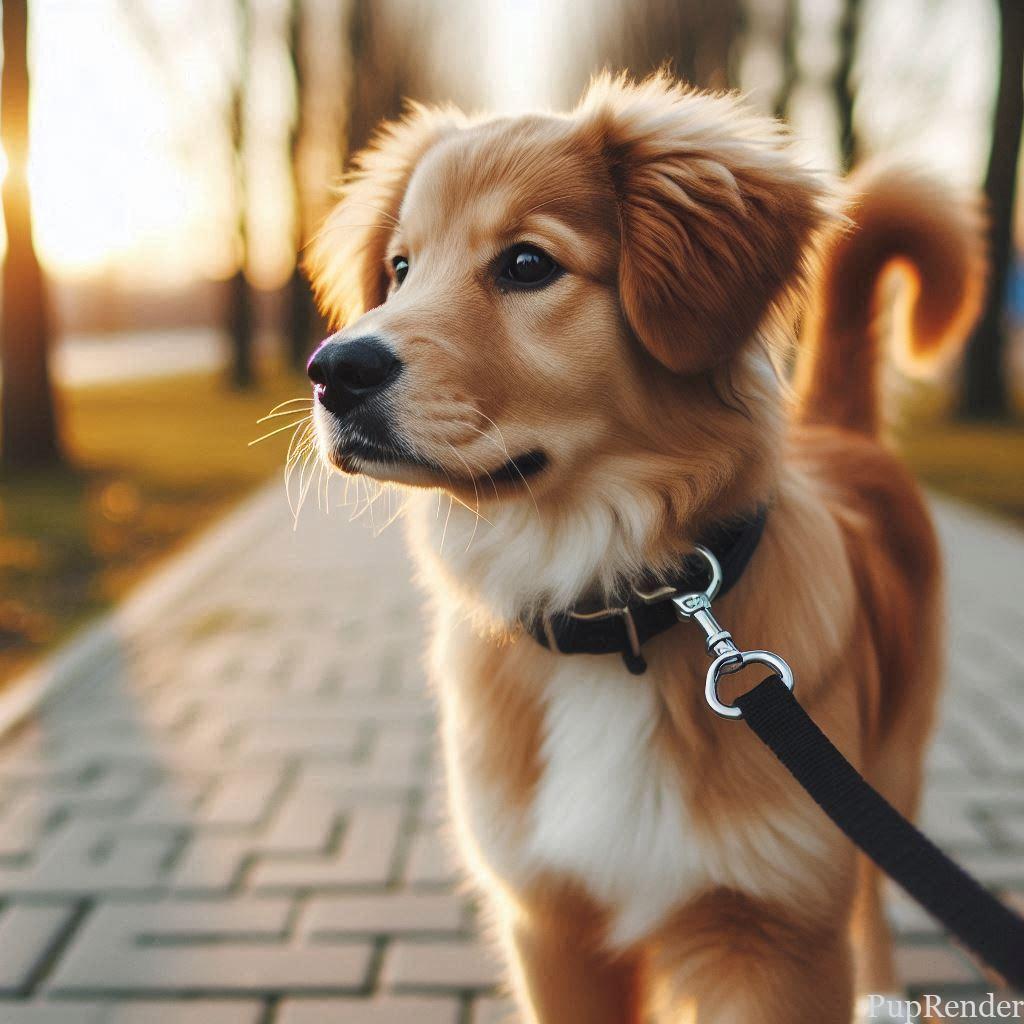How to Train Your Dog to Be Good
Training your dog to be well-behaved can transform your life and your furry friend’s. Whether you’re a first-time dog owner or looking to refine your pup’s behavior, learning the best methods is key. In this guide, we’ll walk you through the steps to ensure your dog is not just good but a well-mannered companion.
Understanding Your Dog’s Behavior
Before jumping into training, it’s essential to understand your dog’s behavior. Every dog has a unique personality and learning style. Some may pick up commands quickly, while others may need a bit more time and patience. Observe your dog and recognize what triggers certain behaviors, such as excessive barking, jumping, or chewing.
Start with Basic Commands

Teaching basic commands like sit, stay, and come are the building blocks of good behavior. These simple yet powerful commands not only establish control but also create a bond of trust between you and your dog.
Pro Tip: Use treats and positive reinforcement when your dog follows commands. For a deeper dive into these tips, check out The Ultimate Dog Training Tips No One Told You.
Positive Reinforcement Training
One of the most effective methods to train your dog is through positive reinforcement. Reward-based training helps your dog associate good behavior with pleasant outcomes. Use treats, verbal praise, or even affection to reinforce positive behaviors. This technique encourages them to repeat the desired actions.
If you’re wondering whether your dog might respond well to this approach, you may want to explore Dog Obedience: The Secret to a Well-Behaved Pet.
Avoiding Common Mistakes

Training your dog requires patience and consistency. Avoid the following mistakes:
- Inconsistent Training: Make sure everyone in your household uses the same commands and techniques.
- Punishing Bad Behavior: Punishment can lead to fear and aggression. Instead, redirect bad behavior with a command or toy.
If you’ve made mistakes in the past, don’t worry! Correct them by checking out Do You Make These Common Dog Mistakes?
Socializing Your Dog

Socializing your dog with other animals and humans is essential to reduce anxiety, fear, and aggression. Gradually introduce them to new people, pets, and environments. Taking your dog to a dog park or scheduling playdates is a great way to improve their social skills.
Learn more about the benefits of early socialization in our article, The Benefits of Socializing Your Dog Early.
Leash Training for Better Control

Leash training is vital to ensure your dog stays safe during walks. Start leash training early by rewarding calm behavior when on the leash. Practice in a quiet space before moving to more challenging environments.
For more leash training tips, head over to How to Train Your Dog to Walk on a Leash.
Final Thoughts on Training Your Dog to Be Good
Training your dog is a rewarding experience for both you and your pet. By following these tips and maintaining consistency, your dog will not only learn good behavior but will also grow happier and more confident.
For more expert tips on caring for your pup, check out some of our other posts like 5 Secrets Only Dog Owners Know or How to Make Your Dog Happier Than Ever.
To further your understanding of dog training and behavior, visit trusted resources like American Kennel Club.





